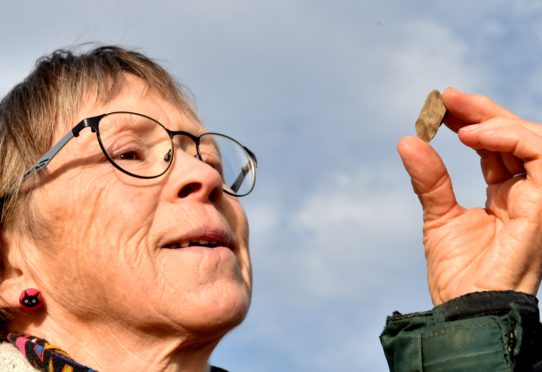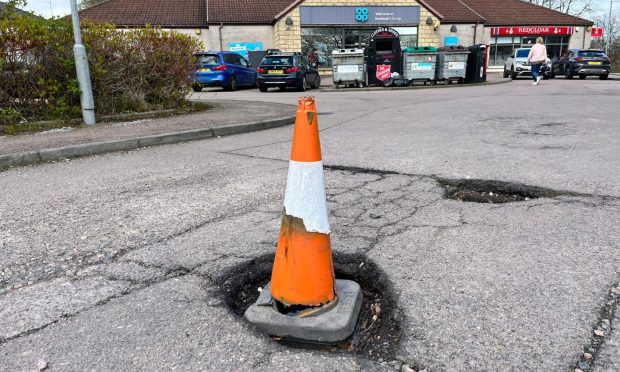Archaeologists at a site in Crathes have unearthed some “really pleasing” items in their search for Deeside’s most ancient settlers.
The field at Nethermills Farm was last visited in the 1970s, when a haul of significant objects was found, including a number of artefacts which were around 12,000 years old.
Now, it is hoped that advances in archaeology technology will help those involved in the project find even more evidence.
Archaeologist Ali Cameron, who teamed up with students from Aberdeen University over the weekend,said: “We had been a bit worried that centuries of agricultural ploughing and planting on the field could have destroyed a lot of evidence.
>> Keep up to date with the latest news with The P&J newsletter
“But I am delighted to say we have found some very interesting items – including one long pit or ditch – which was full of charcoal.
“We aren’t sure yet what that could have been, but some sort of oven could be a possibility and we will aim to find out more.
“We will send away samples of charcoal and soil samples to get analysed and dated, but we are all really pleased with how much we have found.
“We also found flints and some other features – some of which may be prehistoric.”
The site is believed to be the biggest repository of Mesolithic flint in Britain – some of which could be 12,000 years old. And there has been excitement about the potential for other interesting discoveries as the dig continues.
Ms Cameron explained that the flint would have come from the Peterhead area and the settlers would have brought it with them to turn into tools.
She was joined by a 60-strong team of volunteers and Aberdeen University archaeology students and will be there today between 9am and 4pm.
The public are welcome to visit the site near the Durris Bridge on Slug Road, near Crathes.










